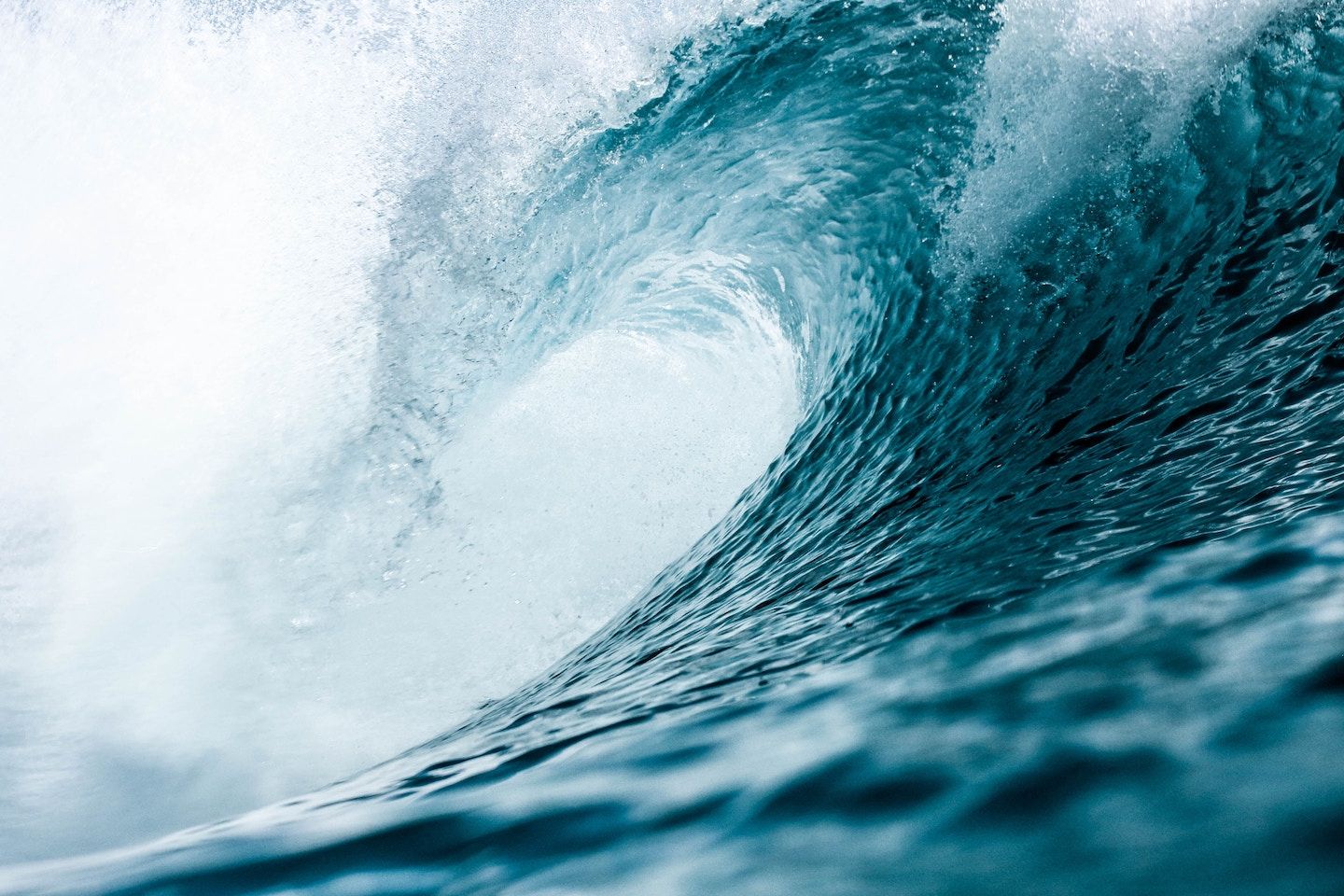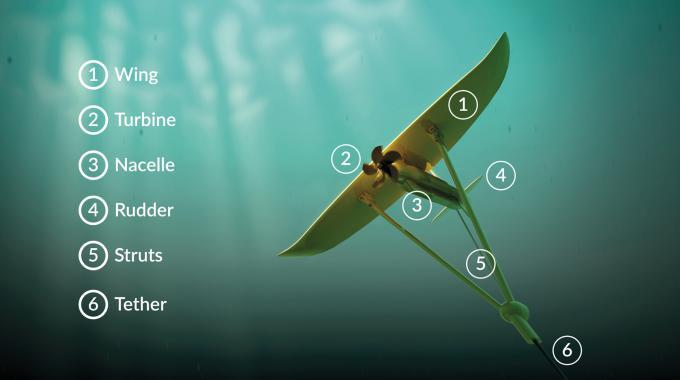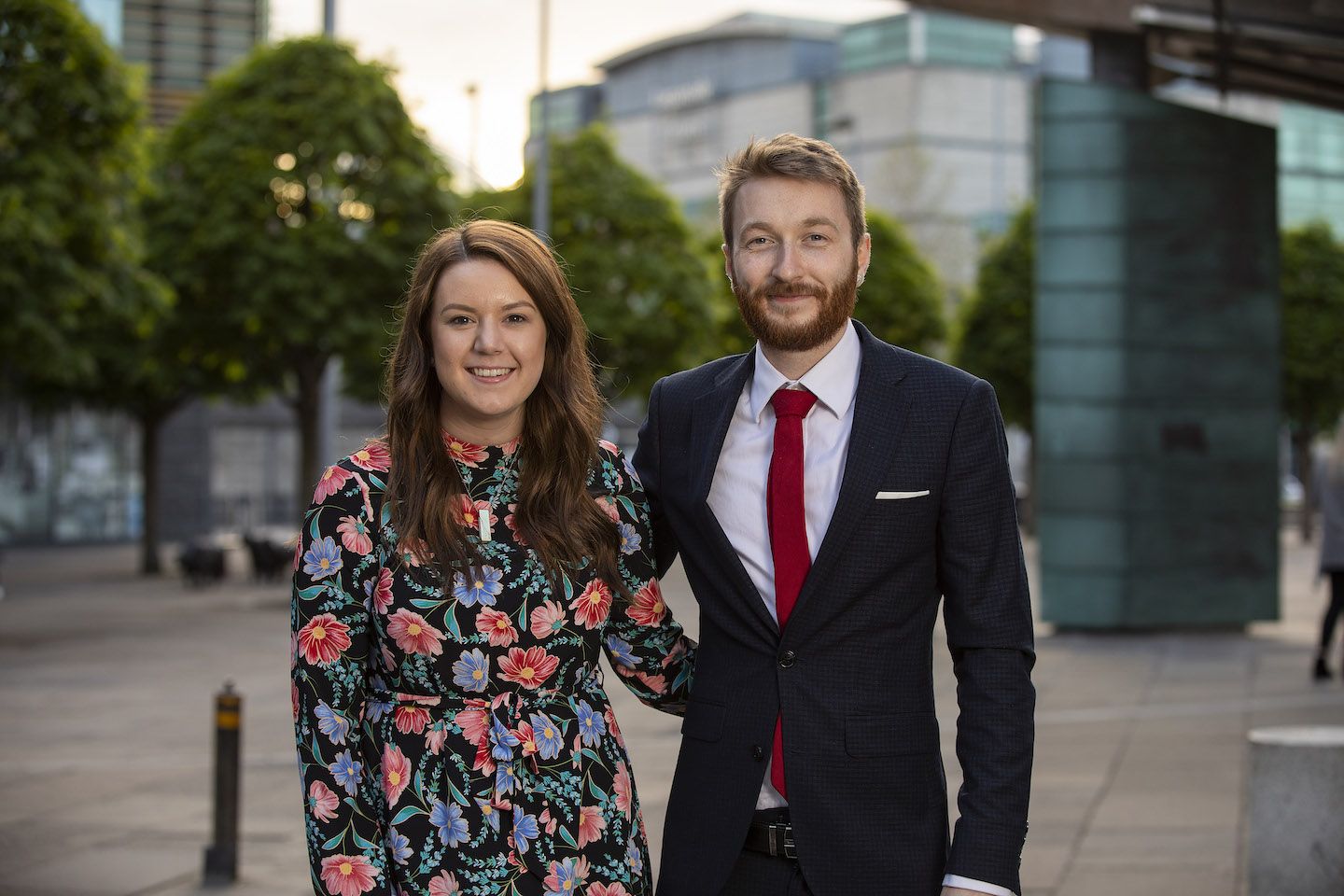World’s best site for renewable tidal energy is in Northern Ireland
We all know that Northern Ireland possesses amazing natural resources – the Giant’s Causeway, the North Antrim coast, the Mourne Mountains – […]
February 15, 2019

We all know that Northern Ireland possesses amazing natural resources – the Giant’s Causeway, the North Antrim coast, the Mourne Mountains – just to name a few.
But it turns out that NI is home to one of Earth’s best sites for harnessing tidal energy – specifically, Strangford Lough. The world’s first tidal power station was constructed here in 2007.
A basic lesson in tidal energy
Tidal energy involves harnessing the predictable, and powerful, surge of water that happens twice a day with high and low tides. Because water is denser than air, turbines below the surface of the water, in a strong flow, can generate more renewable power than wind turbines can. Tides are also predictable, where wind isn’t.
Why is NI so special?
Tidal power stations rely upon relatively shallow water – and they’re best placed in areas away from oceanic swell. That can be tricky to find, since they have to be on the coast of an ocean. The straight that exists between Strangford Lough and the Irish Sea known as the Narrows has both of these conditions. With shallow water that’s protected from the mighty force of the exposed Atlantic coast, it makes it easier for engineers to build and deploy turbine systems.
Furthermore the site is within a short drive of two international airports – so engineers can travel here to maintain or repair systems quickly. It’s vastly more accessible than a similar site in Orkney.
“We have obvious academic capabilities here, as well,” says Carwyn Frost, lecturer at Queen’s University Belfast, and project lead on tidal research, for the past three years. The Marine Research Group (MRG) at QUB have led and supported a number of tidal energy projects in Strangford Lough, most recently the EU-funded H2020 project, Powerkite.
The project, led by Dr Louise Kregting, assesses the environmental interactions of a novel tidal turbine, the Deep Green, developed by the Swedish firm, Minesto. It was the first project in the world to measure the environmental impact of tidal kites.

What are tidal kites?
Carwyn says, “The same principles apply to a tidal kite as a stunt kite or kite surfer. Positioned in a tidal flow, the kite flies in a horizontal figure of eight. This movement allows the turbine at the nose of the kite to capture energy by traversing more of the water column, it can generate up to ten times the amount of power as an equivalent static turbine.”
He goes on, “Power is associated with velocity cubed – so a small increase in velocity gives a massive increase in power.”
It was imperative to measure the impact of these kites on marine wildlife. Carwyn says, “We studied marine mammals and so far, no evidence of interaction between any tidal energy device and the seals has been identified. Although seals are naturally curious, they don’t get close enough to the kite to cause themselves damage.”
Another project looked into how multiple turbines could be positioned. “Knowing how closely we can space these devices, and their interaction, is critical to planning larger scale arrays,” Carwyn says. These results are still being studied.
Science like this has become of critical importance, as almost every government around the world seeks to employ a greater mix of renewable energy to power its citizens and economy. Scotland has led the way, pledging to generate 100% of its power needs with renewables by 2050.
“The opportunities for international investment are huge here,” says Carwyn. “This requires the support of our devolved government, much like in Wales and Scotland, where energy is high on the political agenda.”
What else is needed for us to go totally renewable?
“We need a stable and versatile backbone to the energy grid,” says Carwyn. “This is another area that NI could lead the world in, because we have such a high penetration of renewables. It requires more research into creating a smart-grid capable of managing and maximising renewable energy.”
Because much of Carwyn’s research has been EU funded, it’s impossible not to ask about Brexit.
“We’ve found that if we partner with an EU institution, our grant applications are still viewed favourably,” said Carwyn.










